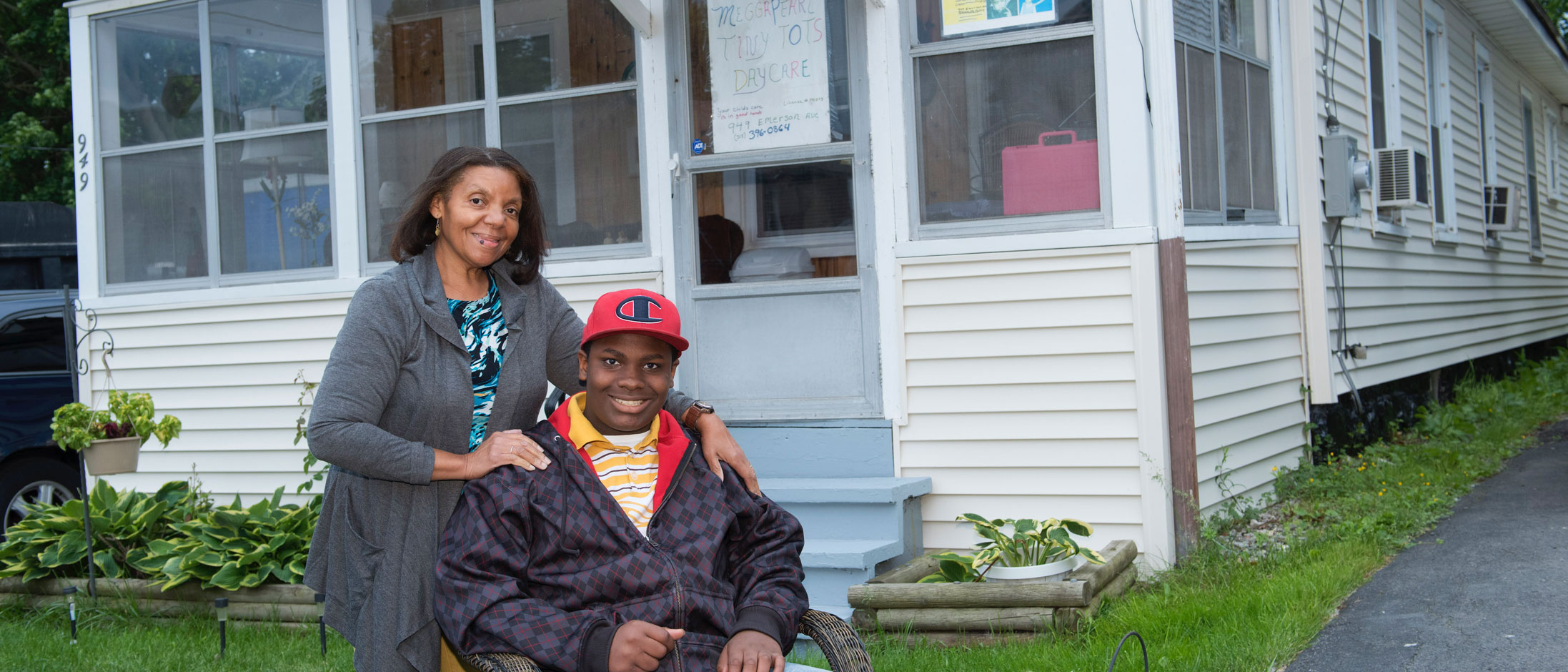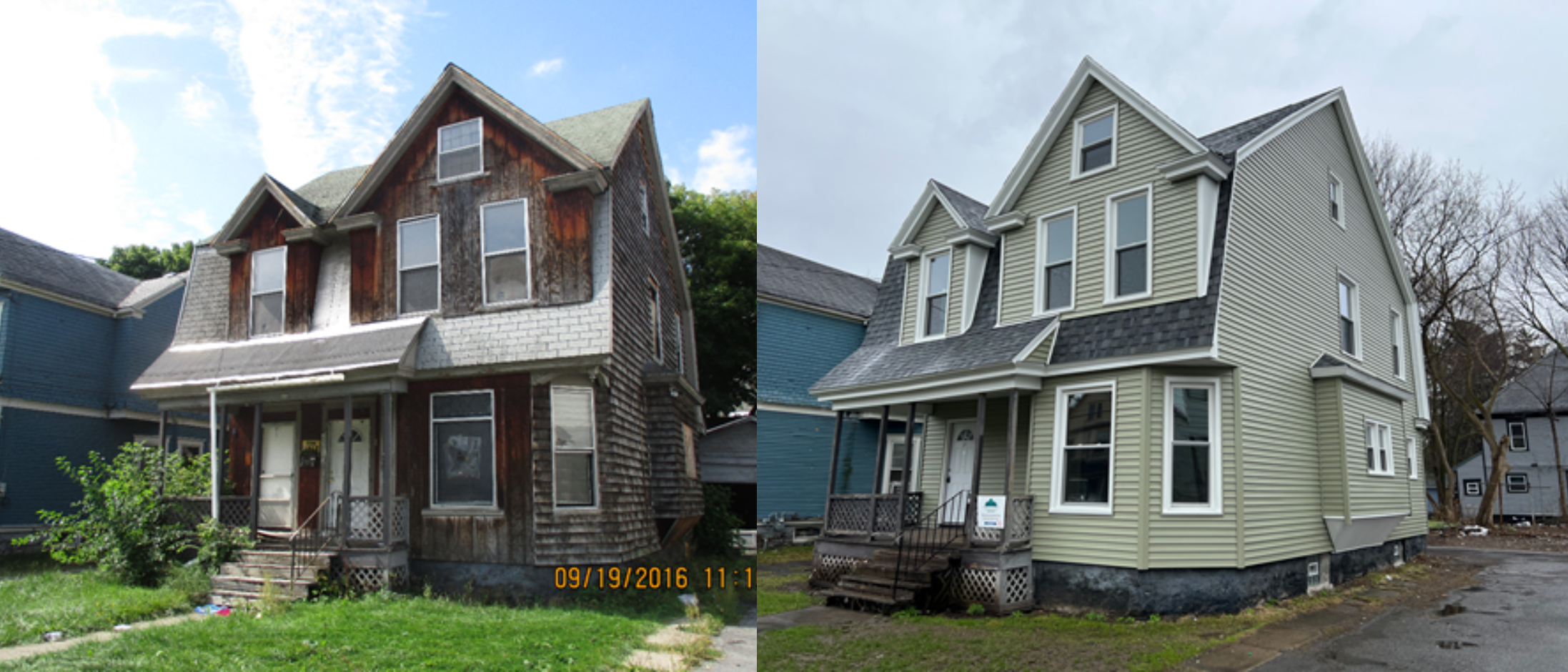The Central New York region is rich with history, dating back to a population boom during the industrial revolution. But along with that comes an aging housing stock that in many ways provides substandard living conditions for today’s residents. In Syracuse, 44 percent of the occupied housing stock was constructed in 1939 or earlier. Roughly one in three homes in the city show signs of chronic disinvestment.
Lead paint was banned in 1978, but more than 90 percent of occupied homes in the city of Syracuse were built before that regulation was enacted. As a result, the Onondaga County Health Department reports that 9.3 percent of Syracuse children tested in 2023 were shown to have elevated lead levels.
Central New York boasts an affordable cost of living relative to other parts of the country, but home prices have risen in recent years and there are great disparities in terms of who in our community can afford to own a home. While home ownership is not necessarily for everyone, it can instill a sense of pride, which critically impacts the quality of life in our neighborhoods — including our health, security, education and progress as a community.
As we examine our indicators and think about the future growth and development of our region, it is imperative that we consider the availability of safe, affordable housing in both our urban and rural communities.


